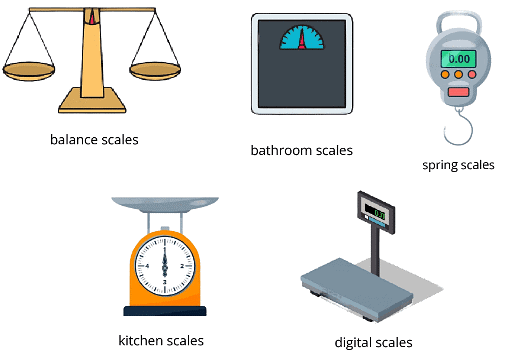Worksheet Solutions: Who Is Heavier - 2 | Mathematics for Class 3: NCERT PDF Download
Q1: An elephant weighs 120 kg and a tiger weighs 100 kg. Which one is heavier and why?
Ans: An elephant weighs more than a tiger therefore, the elephant is heavier than the tiger.
Q2: A watermelon weighs 6 kg and a mango weighs 1/2 kg. Which one is heavier and why? Also is it always true that an object which is bigger in size is heavier?
Ans: A watermelon weighs more than a mango therefore, the watermelon is heavier than the mango.
In this case, heavier fruit is bigger in size than smaller fruit.
No, it's not always true that a heavier object is bigger than a lighter object. Consider a packet of 1 kg of popcorn and 2 kg of an iron rod. The size of the popcorn packet will be more than the size of the iron rod but its weight will be less than the iron rod.
Q3: How many weights of 1 kg will be required to balance the weight of a 10 kg object?
Ans: We need ten 1 kg weights to balance the weight of the 10 kg object.
Scales
- We use scales to measure the weight of an object.
- There are different kinds of scales as shown in the below figure.
 Different scales to measure weight
Different scales to measure weight
- Which kind of scale we should use depends on the amount of weight and the purpose of weighing.
- Example: A spring scale is used to measure the weight of a gas cylinder and bathroom scales are used to measure the weight of a person
Q4: Using the below image, explain which fruit is heavier.
Ans: Clearly Peach is heavier than Pear, as Peach is on the lower side.
Q5: The weight of a soft toy (made of cotton) is 1 kg whereas the weight of a car toy (made of steel) is 3 kg. Which one is heavier? Also, guess which is bigger in size.
Ans: A steel car of 3 kg is heavier than a soft toy of 1 kg. There are high chances that soft toys will be bigger than cars as cotton is lighter than steel.
Q6: A steel chair weighs 15 kg and a wooden bed also weighs 15 kg. Comment on their sizes. (does equal weight implies their size will be the same).
Ans: Their size and shape can be different as they are made of different materials and for different use.
Q7: Which scale will you use to measure the weight of the gas cylinder?
Ans: A spring scale will be used to measure the weight of the gas cylinder.
Q8: How many weights of 1 kg will be required to balance the weight of a 6 kg object?
Ans: Six weights of 1 kg will be required.
|
39 videos|119 docs|55 tests
|

|
Explore Courses for Class 3 exam
|

|

















